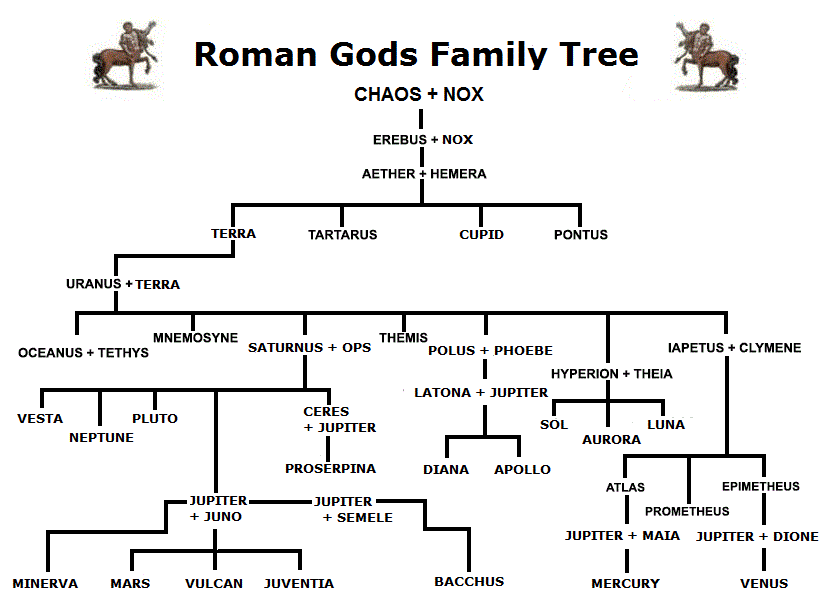Be Golden as gold mine & Green as leaf
carpe diemBe Golden as gold mine & Green as leaf
carpe diemLuna
Luna
Ancient Roman Goddesses for kids - LunaThe myths and legends surrounding Luna, the Roman goddess of the moon
Luna
Discover
the legends and myths and religious beliefs surrounding Luna, the Roman
goddess of the moon. She was a minor Roman goddess who was recognized
in three aspects as part of a triad of goddesses consisting of Luna, Hekate,
the underworld goddess of magic and witchcraft and as Diana the goddess
of the hunt. Her name is derived from the Latin word 'lucere' meaning
to shine. Her temple in Rome was situated on the Aventine Hill and was
erected in the 6th century BC but was destroyed by the great fire during
the reign of the Emperor Nero. The Greek counterpart of the ancient
Roman goddess Luna was Selene. Additional, intriguing information about
ancient gods and goddesses is also available via:

Facts about LunaLuna features in the Creation myth of the ancients. Just as Helios personified the sun, so his sister Selene represented the moon, and was supposed to drive her chariot across the sky whilst her brother was resting after the toils of the day.The following information, facts and profile provides a fast overview of Luna
 :
:
Luna Profile & Fact FileName: Luna
Alternate Names: Roman counterpart Selene
Role & Function: Luna is described as being the goddess of the moon
Symbols:
The crescent moon and the two-yoke chariot (biga). She was often
depicted with the crescent of the moon above her forehead
Patron: She is often depicted as a pale woman riding in a silver chariot, and was a patroness of charioteers
Status: A goddess in the second dynasty of Titans
Gender: Female
Name of Consorts: Endymion and Jupiter
Name of Father: Hyperion
Name of Mother: Theia
Names of Brothers: Sol
Names of Sisters: Aurora
Names
of Children: Pandeia, Herse, and Nemeia by Jupiter. The Menae by
Endymion (50 goddesses of the lunar months and the phases of the moon
Luna and Endymion
Luna
greatly admired a beautiful young shepherd named Endymion, to whom
Jupiter had accorded the privilege of eternal youth, combined with the
faculty of sleeping whenever he desired, and as long as he wished.
Seeing this lovely youth fast asleep on Mount Latmus, Luna was so struck
with his beauty, that she came down every night from heaven to watch
over and protect him.

Luna, moon goddess
The Worship of Luna, the Roman goddess of the moonThe Romans were highly practical and believed that their gods and goddesses controlled everything in their lives and therefore every occupation and task had its presiding Roman goddess or god. Luna the Roman goddess of the moon was worshipped in the same way as any other Roman divinity with prayers and making vows, dedicating altars, sacrificing animals, birds and offerings of milk, honey, grain, fruit, cakes, flowers, perfumes and wine. White animals were sacrificed to the goddesses of the upper world whereas black victims to the deities of the Underworld.

Animal Sacrifice
The
sex of a sacrificial animal had to correspond to the sex of the goddess
to whom it was offered. The blood sacrifices made to Luna, the goddess
of the moon, would therefore have been a white ewe, cow or heifer, sow,
hen or other female birds and conducted outside her temple on the
Aventine Hill in Rome.

Luna and the Roman Gods Family Tree and Genealogy
Luna
the goddess of the moon was considered a minor, or lesser, goddess. The
Roman gods family tree provides an instant overview of the genealogy
and the family connections and relationships between the principle or
major gods of the Romans who were worshipped at the height of the Empire
of Rome.
